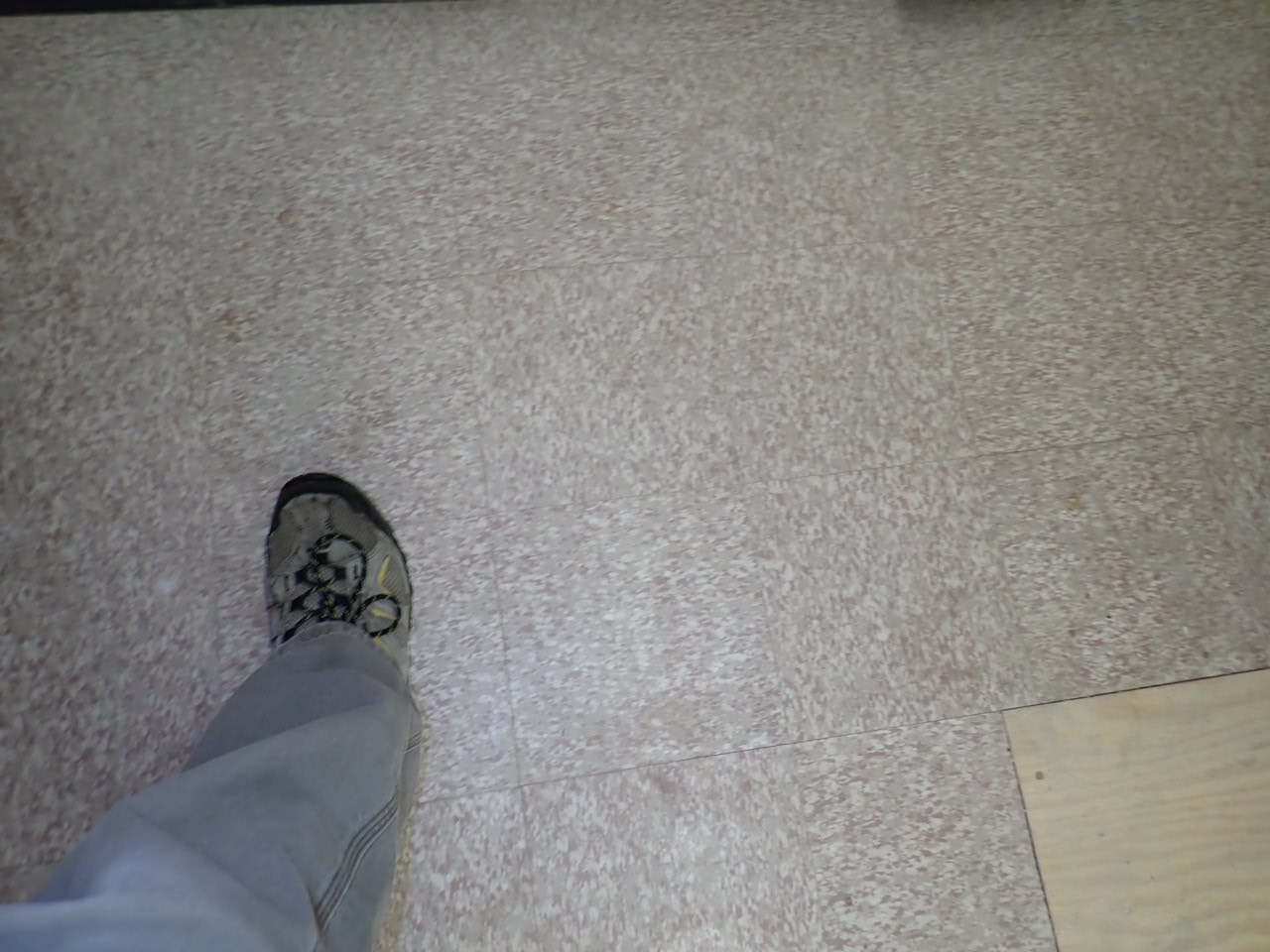Is there asbestos in my home?
You’ve been warned – this is NOT a DIY asbestos removal how-to folks!
Our friendly, neighborhood home inspectors are always on the look-out for potential issues for our clients. We frequently get the question, “Does a home inspector check for asbestos?” In short, the answer is: No. In NH, home inspections are visual inspections only. In other words, a home inspector does NOT test for hazardous materials and substances. We strongly encourage you to read the pre-inspection agreement from your inspector prior to performing an inspection so you know clearly what your inspection does and does not cover. As part of the due-diligence process of buying a home, a prospective home buyer should familiarize themselves with products and time periods in which products containing potentially hazardous materials (such as asbestos) were used in the home. The U.S. Consumer Product Safety Commission website is a great resource. Your inspector may or may not add commentary in the inspection report for your knowledge. Just because s/he does or does not add information to the report, does NOT mean the inspector is required to – many inspectors are there to be a resource for you and are providing this for informational purposes only.
In some inspection reports, you may come across a narrative similar to the following:
“Based on the appearance of the flooring, and the age of this structure, the flooring materials used may contain asbestos. The client should be aware of this when considering repairs to, or replacement of this flooring, and consult with qualified testing labs and/or abatement contractors as necessary. Asbestos is an inhalation hazard, but any fibers embedded in the flooring products pose little risk of exposure if the flooring is in good condition and not mechanically disturbed. However, there may be disposal costs associated with its removal, and you should inquire about that with the local authorities having jurisdiction prior to the close of escrow. For more information on asbestos in the home, visit http://www.cpsc.gov and/or http://www.epa.gov/asbestos”
In older homes, you may see narratives talking about the insulation:
“Do not disturb insulation. The attic floor is insulated with a material that appears to be expanded mica that was sold as Vermiculite or Zonolite. Expanded mica is a mineral silicate that is lightweight, water absorbent, and expands at high temperatures, some of which is purported to contain asbestos. However, this could not be confirmed without viewing a sample of the material through a polarized light microscope. Regardless, its thermal value does not equal that of current insulators, and we recommend that you consult with an environmental contractor with a view to having it identified and endorsed, or replaced.”
Do you live in a home constructed prior to 1980? Do you have linoleum flooring, 9″ square floor tiles, or wallpaper that is original to the house?

9″ Floor Tile
Likely Contains Asbestos
Do you have insulation that looks like this?

Vermiculite Insulation
Do you have pipe insulation that looks like this?

Asbestos Pipe Insulation
We see our fair share of homes with those specifics so we thought for your benefit, we would share some of the materials that may contain asbestos. Adding asbestos was an inexpensive way to add strength and insulating properties. It was commonly used in wallpaper, flooring, roofing shingles, siding, popcorn ceiling, ceiling tiles, adhesives and as insulation (as well as in MANY other capacities) until the 1980’s when people were more frequently being diagnosed with mesothelioma and asbestos related illnesses. You cannot identify conclusively whether or not something contains asbestos by simply looking at it with the naked eye. The ONLY way to determine if a material contains asbestos is to have a sample of the material analyzed under a microscope by a qualified laboratory. It is always just safer to assume any material in question does contain asbestos. When in doubt, DO NOT disturb it. If you are planning on updating, hire a professional to safely assess/remove the hazardous waste from your home. Many asbestos containing materials (ACM’s) can be safely covered or sealed in order to avoid the costs associated with removal. For example, if an asbestos floor is installed, it can sometimes be covered with your new flooring material. Check with a qualified flooring installer prior to just adding new flooring.
If you have more questions about asbestos you can find a number of publications here New Hampshire Department of Environmental Services and if you wonder how it has NOT been completely banned in the United States, you can find more information here: EPA – Actions to Protect the Public from Exposure to Asbestos. If you need assistance with finding someone to help you with an asbestos issue, please check out our Local Resources section. Asbestos.com will help you with great advice. If your looking for a local pro – our friends over at Peniel Environmental can help you with solutions.


















I think that Vermiculite insulation is the one that most people miss. They will strip asbestos siding off, insulation off their pipes, etc. – but most people don’t think about vermiculite, or even know it exists